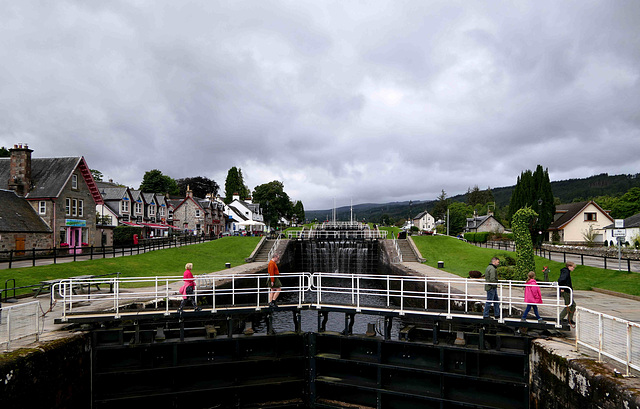Fort William - St Andrew
Fort William - Duncansburgh MacIntosh Church
Fort William - Saint Mary's
Castle Stalker
Kilmartin - Parish Church
Kilmartin Stones
Kilmartin Stones
Kilmartin Stones
Kilmartin Stones
Dunchraigaig Cairn
Dunchraigaig Cairn
Ballymeanoch
Nether Largie Standing Stones
Nether Largie Standing Stones
Nether Largie Standing Stones
Nether Largie South
Nether Largie South
Temple Wood Stone Circles
Temple Wood Stone Circles
Temple Wood Stone Circles
Kilmartin Museum
Kilmartin Museum
Kilmartin Museum
Bonnie Prince Charlie
Loch Duich - Eilean Donan Castle
Loch Duich - Eilean Donan Castle
Dun Ardtreck
Carbost - Tallisker
Tote - Clach Ard
Borve - Standing Stones
Skye Bridge
Kyle of Lochalsh - Coop
A832
Gairloch Hotel - Fish ’n’ Chips
Gruinard Bay
Ullapool
Ardvreck Castle
Loch Beag - Seals
Loch Beag - Seals
Loch Beag - Seals
Eas a’ Chual Aluinn
Kylesku Bridge
Scourie - Loch an Obain
Kinlochbervie - Breakfast
Kinlochbervie
Location
Lat, Lng:
You can copy the above to your favourite mapping app.
Address: unknown
You can copy the above to your favourite mapping app.
Address: unknown
Keywords
Authorizations, license
-
Visible by: Everyone -
All rights reserved
-
30 visits
Fort Augustus - Caledonian Canal


The settlement under the name of Kiliwhimin was renamed Fort Augustus. The settlement got its name from the fortress Fort Augustus. This was built between 1729 and 1742 at the meeting point of the military roads through the Great Glen and over the Corrieyairack Pass. It was named after William Augustus, Duke of Cumberland, the "Butcher of Culloden".
Today Fort Augustus benefits greatly from the many tourists who pass through the town from the south on their way to Loch Ness.
The "Caledonian Canal" connects the Scottish east coast at Inverness with the west coast at Corpach. The canal was constructed in the early nineteenth century by Scottish engineer Thomas Telford. Only about a third of the total length of the canal was created artificially, otherwise natural waters were used. The canal is 97 kilometres long.
The canal passes through Fort Augustus in a series of locks stepping down to Loch Ness.
Today Fort Augustus benefits greatly from the many tourists who pass through the town from the south on their way to Loch Ness.
The "Caledonian Canal" connects the Scottish east coast at Inverness with the west coast at Corpach. The canal was constructed in the early nineteenth century by Scottish engineer Thomas Telford. Only about a third of the total length of the canal was created artificially, otherwise natural waters were used. The canal is 97 kilometres long.
The canal passes through Fort Augustus in a series of locks stepping down to Loch Ness.
William Sutherland, Fred Fouarge, appo-fam, Alexander Prolygin have particularly liked this photo
- Keyboard shortcuts:
Jump to top
RSS feed- Latest comments - Subscribe to the comment feeds of this photo
- ipernity © 2007-2025
- Help & Contact
|
Club news
|
About ipernity
|
History |
ipernity Club & Prices |
Guide of good conduct
Donate | Group guidelines | Privacy policy | Terms of use | Statutes | In memoria -
Facebook
Twitter

Sign-in to write a comment.